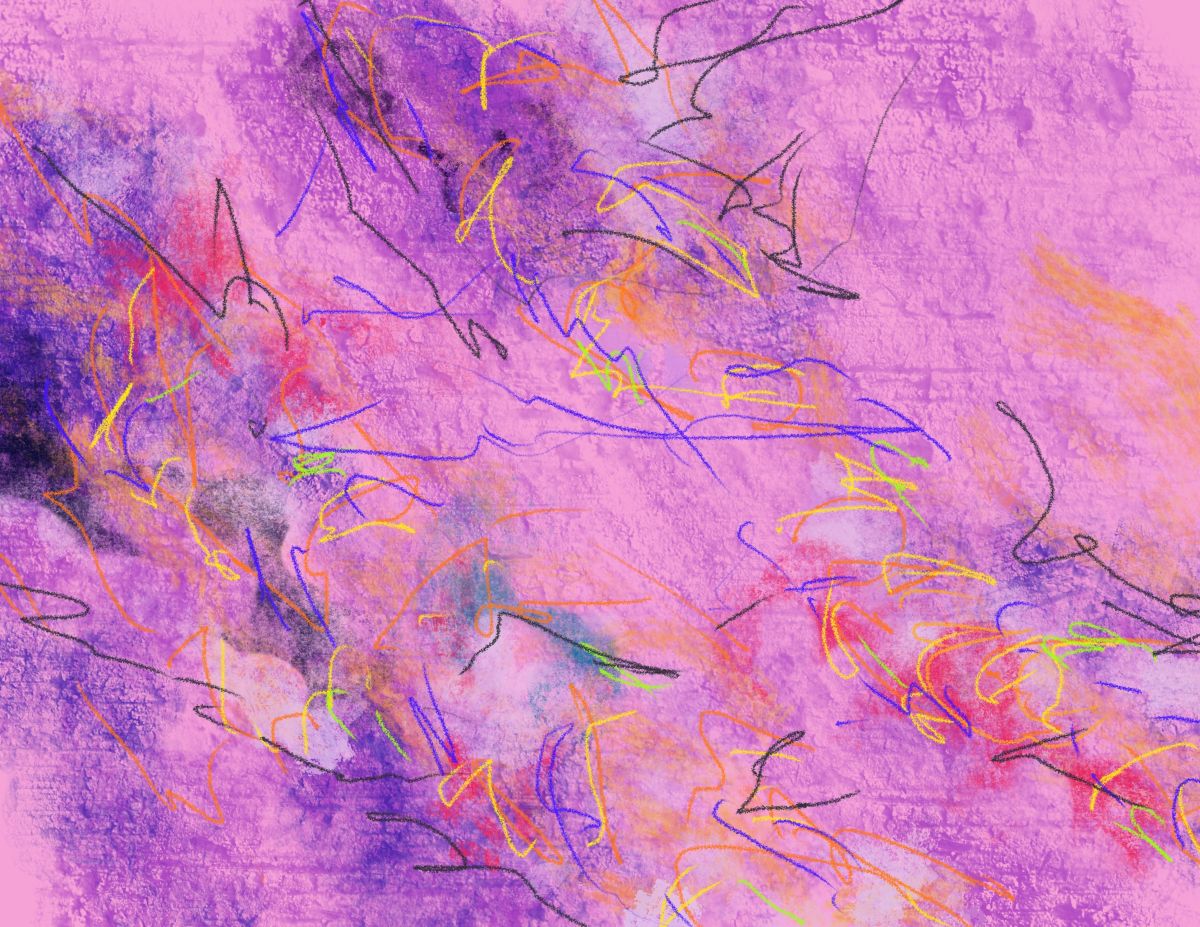
News
Student uses manga art to express emotions in their studies
A student on our MA psychoanalytic studies course has been using manga art to help express emotions from their studies and therapy sessions.
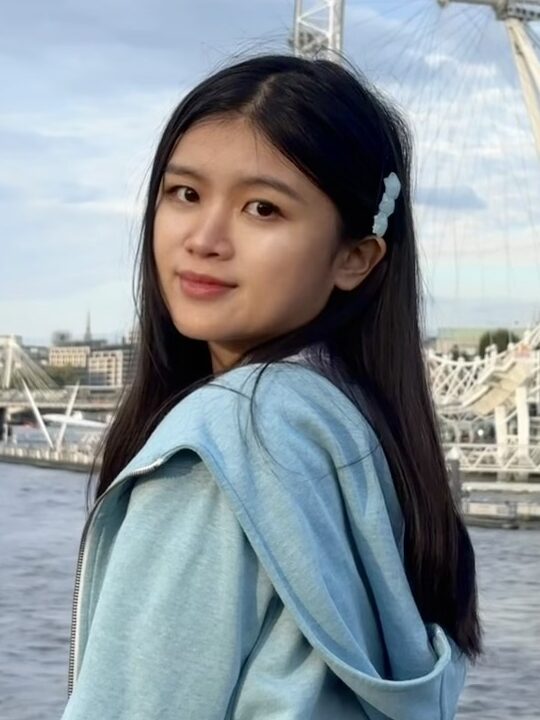
Aileen Xu, a second year student at the Tavistock and Portman, has been drawing therapy sessions depicting her own experiences with her therapist to help visualise and express her own worries and anxieties since the Covid pandemic.
The drawings, in the form of manga art, demonstrate how the relationship with her therapist, and later her own studies at the Tavistock and Portman, have grown and developed and what those relationships mean to her.
As Nicole Rousmaniere, curator at the British Museum describes.
“[Manga is an] immersive storytelling through pictures, where images rule supreme… There is less reliance on text, and narrative is created through expressive line drawing along with the visual development of individual characters.”
Aileen’s work is based on her experience as both a patient and a student learning about infant observation, psychoanalysis and its application to social, cultural and political life.
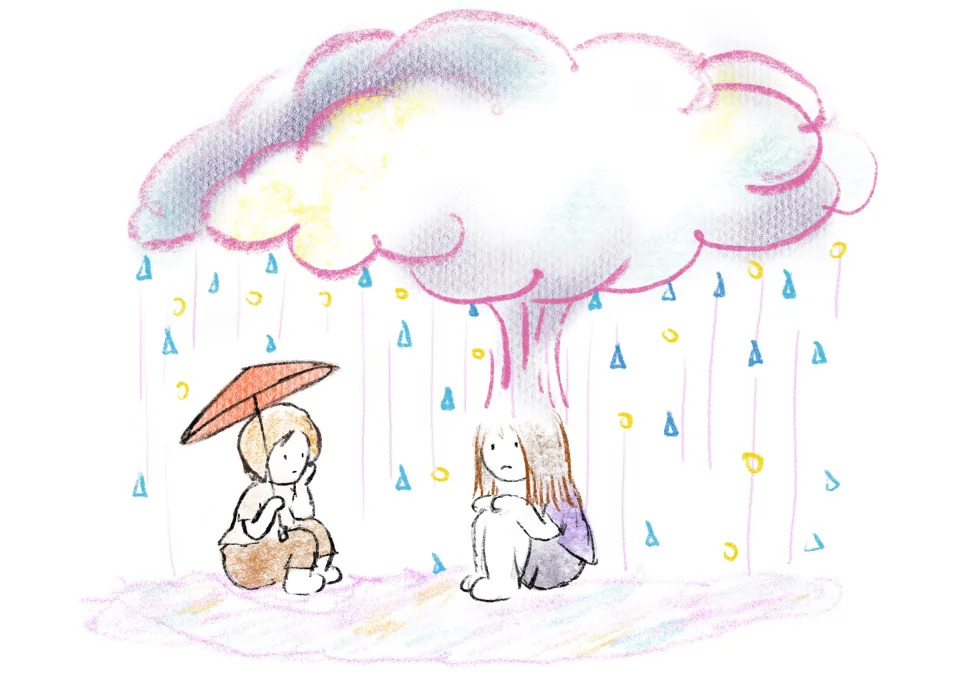
“Some of the more abstract images are my way of drawing and containing daily feelings. Some of my feelings are very mundane and some are difficult, including one when I was going to an interview and was very nervous so I drew to calm myself down. “
As a student on the MA in psychoanalytic studies, Aileen undertook an infant observation and a young child observation, which she used art to reflect on her thoughts and experiences as an observer. She found that this reflective, drawing practice helped deepen her understanding of observation and brought a richness and new perspectives to her work in her observation seminar group.
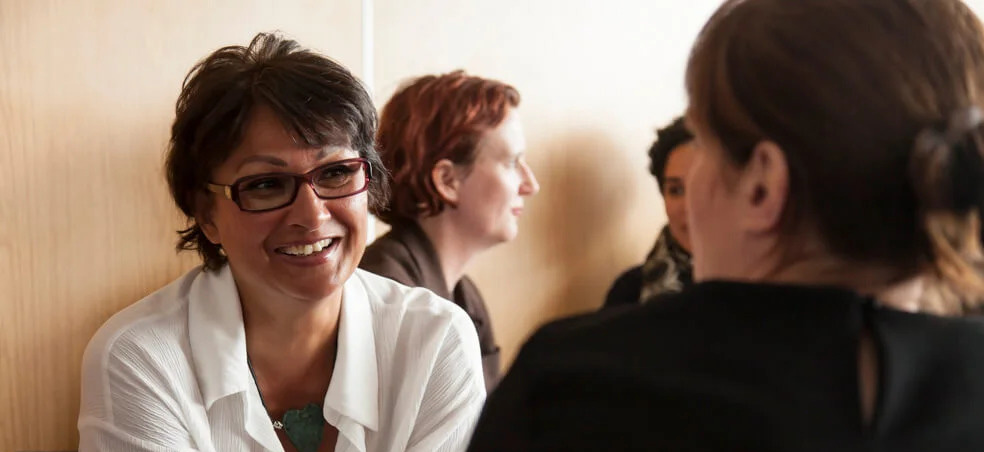
MA Psychoanalytic studies
Study and learn within a working NHS mental health Trust and gain a Master’s on the UK’s first psychoanalytic studies course and get hands on experience with infant and young child observation
Aileen describes how, through art, she can begin to discover and express her feelings.
“The drawings about me and my therapist […] sometimes says things about what was going on in my therapy that wasn’t very conscious to me.”
Our post graduate psychoanalytic studies course, the first such course in the UK, encourages students to use their own emotional responses and cultural knowledge, as well as the learnt theory, to help make sense of the ideas that they study.
[My art] sometimes says things about what was going on in my therapy that wasn’t very conscious to me
Felicity Tyson, course lead for our MA psychoanalytic studies course commented:
“Aileen has found a very creative and interesting way to consider and reflect on her own emotional experiences and experiences learning through observation. We really look forward to seeing how her creative work and thesis develop.”
Aileen has since decided to present her final year doctoral thesis as a graphic novel, to help present her experiences which have influenced her studies. She also intends to study for a MA in art psychotherapy at Goldsmiths University after she completes her course at the Tavistock and Portman.
A selection of Aileen’s work can currently be viewed in her own “Therapy in images” art exhibition at the Tavistock and Portman until 23 May.
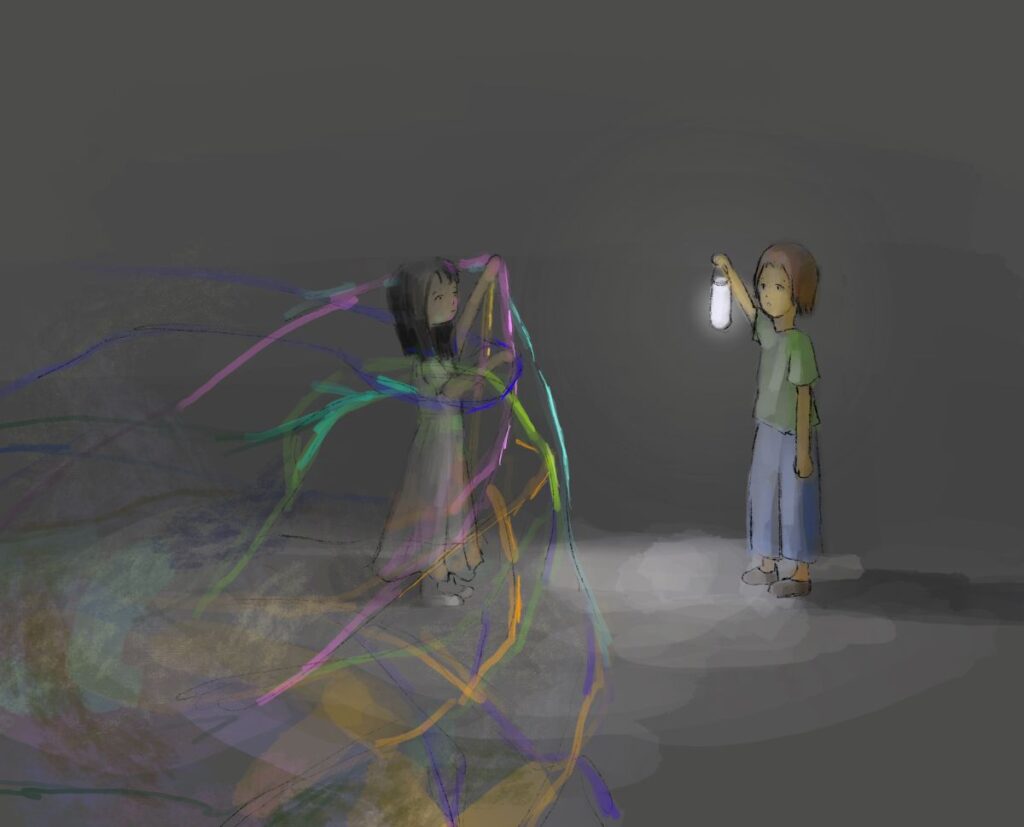
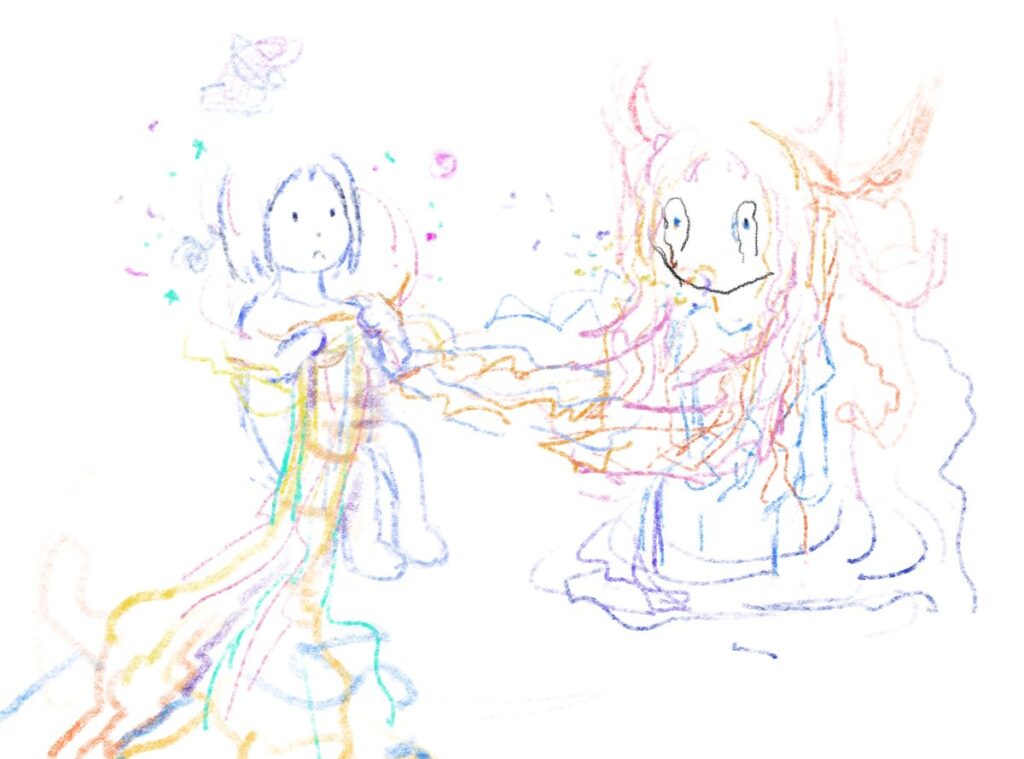
As Aileen has experienced, painting and drawing can be used to help reveal issues that patients may have difficulty talking about. Art psychotherapy can help patients work through issues and can support good mental health. We provide art psychotherapy spaces within our trauma service, and professional art therapists and child psychotherapists support the work of our therapeutic school Gloucester House and other services.
Find out more
-
Creative art therapy service
Art therapy supports children and young people’s emotional wellbeing and improved engagement in school.
-
MA Psychoanalytic studies
Earn a Master’s on the UK’s first psychoanalytic studies course and gain hands on experience with infant and young child observation
-
Child psychotherapy
Child psychotherapy helps children and young people to make sense of sad, angry, painful or confusing feelings and thoughts.
